Precision Engineering in Rice Machine Assembly: The Role of Key Components
In the intricate world of rice machine manufacturing, the assembly process is a symphony of precise engineering and careful component selection. Among the crucial elements that come together to ensure the efficient operation of these machines are components related to rice machine three-axis assembly, cylindrical gear, flange shaft, drive shaft, and side reducing flange shaft. Each of these parts plays a distinct and vital role in the overall functionality and performance of the rice machine, contributing to its ability to process rice with accuracy and reliability.
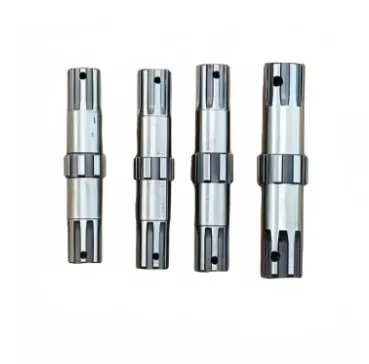
The Foundation of Stability: Rice Machine Three - Axis Assembly
The rice machine three-axis assembly forms the structural and operational backbone of the rice processing equipment. This assembly typically consists of three precisely aligned axes that work in harmony to drive various mechanical functions within the machine. During the assembly process, these axes must be meticulously calibrated to ensure smooth rotation and minimal vibration. For instance, in a rice milling machine, the three - axis assembly might control the movement of the milling chamber, the feeding mechanism, and the separation components. A well - executed three - axis assembly not only enhances the machine's efficiency but also extends its lifespan by reducing wear and tear on other connected components. The accuracy of the three - axis assembly directly impacts the quality of the final rice product, as any misalignment could lead to inconsistent milling or uneven grain separation.
Power Transmission and Rotation: Cylindrical Gears
Cylindrical gears are indispensable components in rice machines, facilitating the transfer of power and rotational motion between different parts of the assembly. These gears are designed with precisely cut teeth that mesh together to transmit torque efficiently. In a rice machine, cylindrical gears might be used to connect the motor to the various shafts, ensuring that the power generated by the motor is effectively distributed to drive the different functions of the machine. For example, they can be used to rotate the drum in a rice polishing machine, where their smooth and consistent rotation is essential for achieving an even polish on the rice grains. The quality and durability of cylindrical gears are crucial, as they are constantly subjected to heavy loads and high - speed rotations. High - quality materials and precise manufacturing techniques are employed to ensure that these gears can withstand the rigors of continuous operation within the rice machine.
Structural Support and Connectivity: Flange Shafts
Flange shafts serve multiple important functions within the rice machine assembly. Primarily, they provide a means of connecting different components and ensuring structural integrity. The flange, a flat plate or ring attached to the shaft, allows for easy and secure attachment of other parts, such as gears, pulleys, or couplings. In a rice machine, flange shafts can be found connecting the main drive system to the various processing units. They not only transmit rotational force but also help in aligning the different components, preventing any misalignment that could disrupt the machine's operation. For example, in a rice threshing machine, flange shafts might be used to connect the threshing drum to the power source, ensuring that the drum rotates smoothly and efficiently. The strength and precision of the flange shaft's construction are key to maintaining the overall stability and performance of the rice machine.
Driving the Machine Forward: Drive Shafts
Drive shafts are the powerhouses that transfer the rotational energy from the engine or motor to the various working parts of the rice machine. These shafts are designed to withstand high levels of torque and rotational stress, ensuring that the machine operates without interruption. In a rice machine, the drive shaft is often the central component that connects the prime mover to the different assemblies, such as the conveyor belts, rotating blades, or sieving mechanisms. For instance, in a rice huller, the drive shaft transmits the power from the motor to the hulling rotor, which removes the outer husk from the rice grains. The design and material of the drive shaft are carefully selected to ensure maximum efficiency and durability. Specialized heat - treatment processes are sometimes applied to enhance the shaft's strength and resistance to fatigue, enabling it to perform reliably over long periods of continuous use in the demanding environment of a rice machine.
Optimizing Force Distribution: Side Reducing Flange Shafts
Side reducing flange shafts play a unique role in rice machine assemblies by helping to optimize force distribution and mechanical advantage. These shafts are often used in situations where there is a need to change the direction of power transmission or reduce the rotational speed while increasing torque. In a rice machine, a side reducing flange shaft might be incorporated into the gearbox or transmission system. For example, it can be used to slow down the rotation of a high - speed motor output and increase the torque to drive a heavy - duty component, such as a large - diameter fan used for rice drying. The side reducing feature of these shafts allows for more efficient use of power, reducing energy consumption and enhancing the overall performance of the rice machine. The precise engineering of side reducing flange shafts ensures that they can handle the complex mechanical interactions within the machine, maintaining smooth operation and minimizing the risk of mechanical failures.
Assembly and Maintenance Considerations
Ensuring Proper Assembly of Key Components
When assembling a rice machine with components like rice machine three-axis assembly, cylindrical gear, flange shaft, drive shaft, and side reducing flange shaft, several steps must be followed carefully. First, all components should be thoroughly inspected for any signs of damage or manufacturing defects before installation. During assembly, precise alignment of the three - axis system is crucial, and specialized tools may be required to ensure accuracy. Cylindrical gears need to be meshed correctly to avoid excessive noise, vibration, and premature wear. Flange shafts should be tightened to the recommended torque specifications to ensure a secure connection, while drive shafts must be properly balanced to prevent rotational imbalances. Side reducing flange shafts should be installed in a way that allows for smooth power transfer and minimal stress on the connected components. Following the manufacturer's assembly instructions and using appropriate assembly techniques is essential for creating a reliable and efficient rice machine.
Regular Maintenance for Long - Term Performance
To maintain the optimal performance of a rice machine with these key components, regular maintenance is essential. Cylindrical gears should be regularly lubricated to reduce friction and wear, and any signs of tooth damage or excessive play should be addressed promptly. Flange shafts should be checked for loose connections or signs of corrosion, and the flanges should be cleaned and tightened as needed. Drive shafts need to be inspected for signs of fatigue, such as cracks or surface wear, and balanced if necessary. Side reducing flange shafts should have their gear ratios and mechanical connections verified regularly to ensure efficient power transmission. Additionally, the overall alignment of the rice machine three-axis assembly should be periodically checked and adjusted to prevent any performance degradation. By following a comprehensive maintenance schedule, the lifespan of the rice machine and its components can be significantly extended, ensuring continued reliable operation in rice processing operations.
Troubleshooting Common Issues
In the event of problems with a rice machine, issues related to rice machine three-axis assembly, cylindrical gear, flange shaft, drive shaft, and side reducing flange shaft may be the cause. If the machine is experiencing excessive vibration, it could be due to misalignment in the three - axis assembly or an unbalanced drive shaft. Noises during operation might indicate problems with the meshing of cylindrical gears or loose connections in flange shafts. Reduced efficiency or power output could be a sign of issues with the side reducing flange shaft's gear ratio or a worn - out drive shaft. Troubleshooting these problems requires a systematic approach, starting with visual inspections of the components, checking for proper lubrication, and using diagnostic tools to measure rotational speeds, torque, and alignment. Identifying and resolving issues promptly can prevent further damage to the rice machine and minimize downtime in rice processing operations.
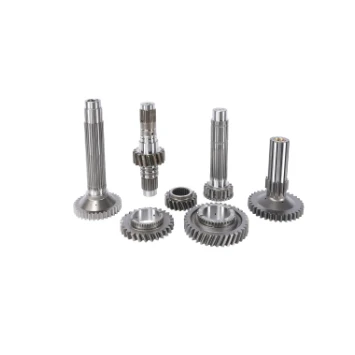
The agricultural and industrial machinery sector is experiencing remarkable growth, and at the heart of this expansion lies the trade and supply of tractors.
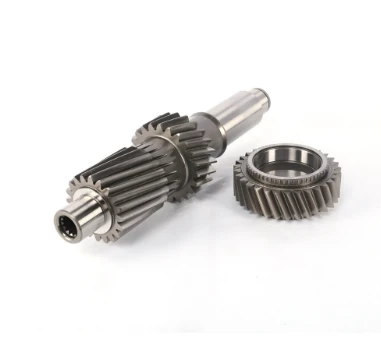
In the world of heavy - duty construction, the seamless operation of machinery is crucial for large - scale projects.
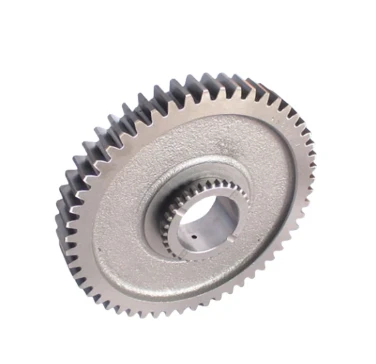
The world of tractors is vast and varied, catering to both practical agricultural needs and the passionate interests of collectors.
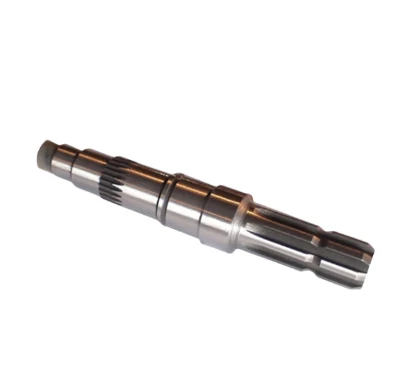
The agricultural and construction machinery landscape is constantly evolving, with tractors standing as essential workhorses for a variety of tasks.
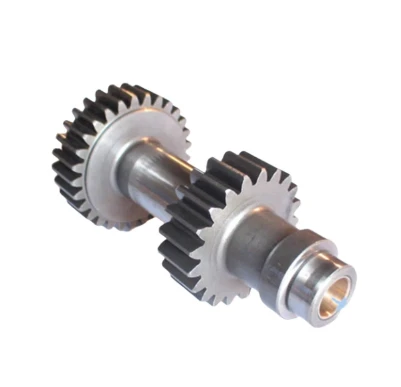
In the intricate world of mechanical engineering, gears are fundamental components that enable the seamless transfer and manipulation of power.
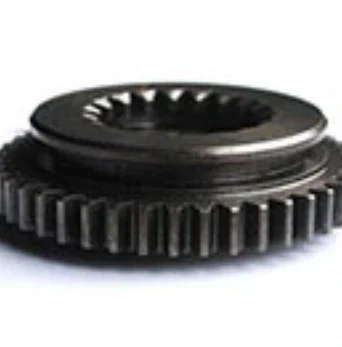
The market for tractors is a bustling hub, catering to a wide range of needs from large - scale farming operations to small - scale gardening projects.
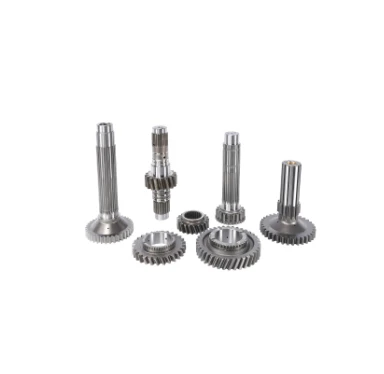
In the dynamic world of farming, machinery has become an essential part of efficient and productive operations.
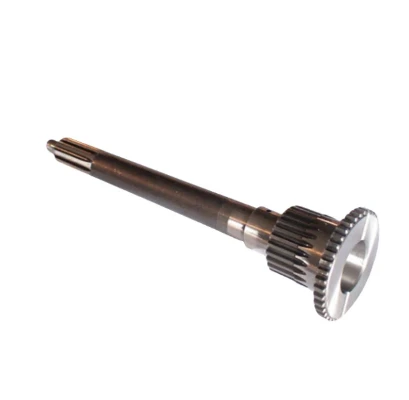
In the expansive realm of agriculture, various tools and machines play crucial roles in ensuring efficient crop production and overall farm management.
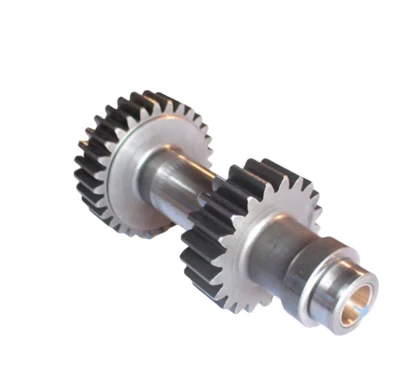
Tractors are essential workhorses in the agricultural and construction sectors, playing a pivotal role in a wide range of tasks.
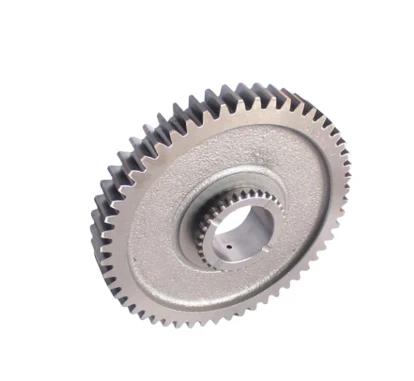
The agricultural and construction sectors rely heavily on tractors for their operations, and the entities involved in the production, distribution, and pricing of these machines shape the industry's trajectory.
International layout
Spread all over the world
our products are exported to various parts of the world. Currently, our products have been exported to more than 40 countries Our products cover Asia, Europe, Africa, South America, North America, and Oceania
Sign up
for Newsletter
Subscribe to the weekly newsletter for all the latest updates







